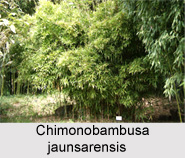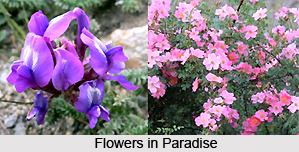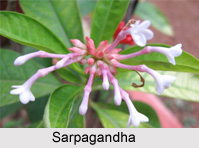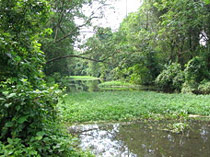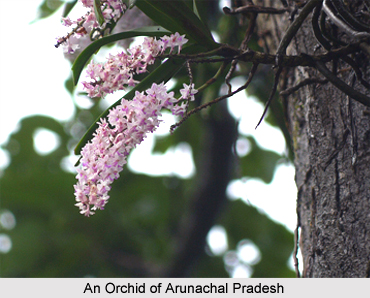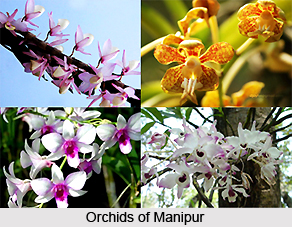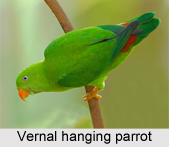 Vernal Hanging Parrot is an Indian Bird that bears a scientific name "Loriculus vernalis" is a small parrot which is a resident breeder in the Indian subcontinent and some other areas of Southeast Asia.
Vernal Hanging Parrot is an Indian Bird that bears a scientific name "Loriculus vernalis" is a small parrot which is a resident breeder in the Indian subcontinent and some other areas of Southeast Asia.
Behaviour of Vernal Hanging Parrot
Vernal Hanging Parrot undergoes local movements, driven mainly by the availability of the fruit, seeds, buds and blossoms that make up its diet. They frequent the Banyan tree for the fruit and Plantain trees for the nectar from the flowers.
Structure of Vernal Hanging Parrot
Vernal Hanging Parrot is a small, mainly green hanging parrot, only 14 cm long with a short tail. The adult male has a red rump and bill, and blue throat patch. The female has a green patch.
Adaptation of Vernal Hanging Parrot
Vernal Hanging Parrot is a bird of dry jungle and cultivation. It nests in holes in trees, laying 2-4 white eggs.
Immature of Vernal Hanging Parrot
The immature Vernal Hanging Parrot birds have a duller rump, and lack the throat patch. Vernal Hanging Parrot is less gregarious than some of its relatives, and is usually in small groups outside the breeding season.
Flight of Vernal Hanging Parrot
The flight of Vernal Hanging Parrot is swift and direct, and the call is a raucous chattering. In Sri Lanka, it is replaced by the very similar endemic Sri Lanka hanging parrot.
Nests of Vernal Hanging Parrot
Vernal Hanging Parrots nest in tree cavities. The nests are lined with fragments of leaves. There are usually three eggs in a clutch. The eggs are white in colour.
Eggs of Vernal Hanging Parrot
The female Vernal Hanging Parrot incubates the eggs for 20 days and the chicks leave the nest about 33 days from hatching.
